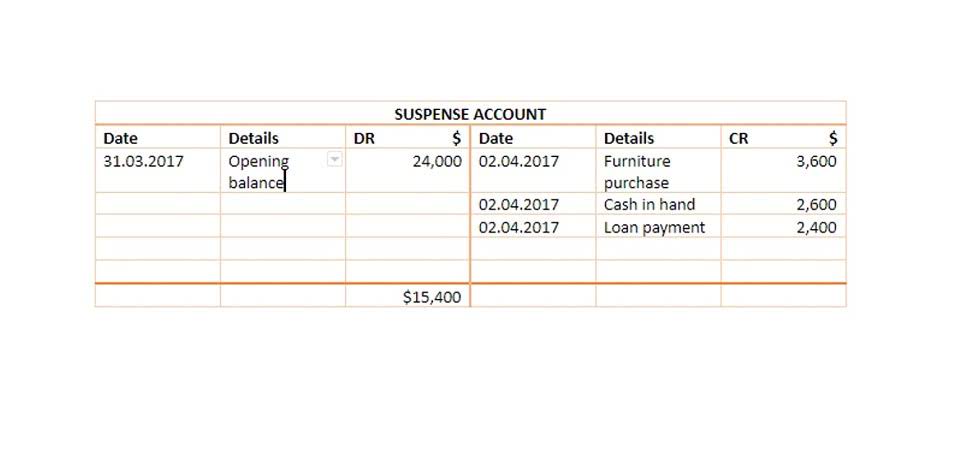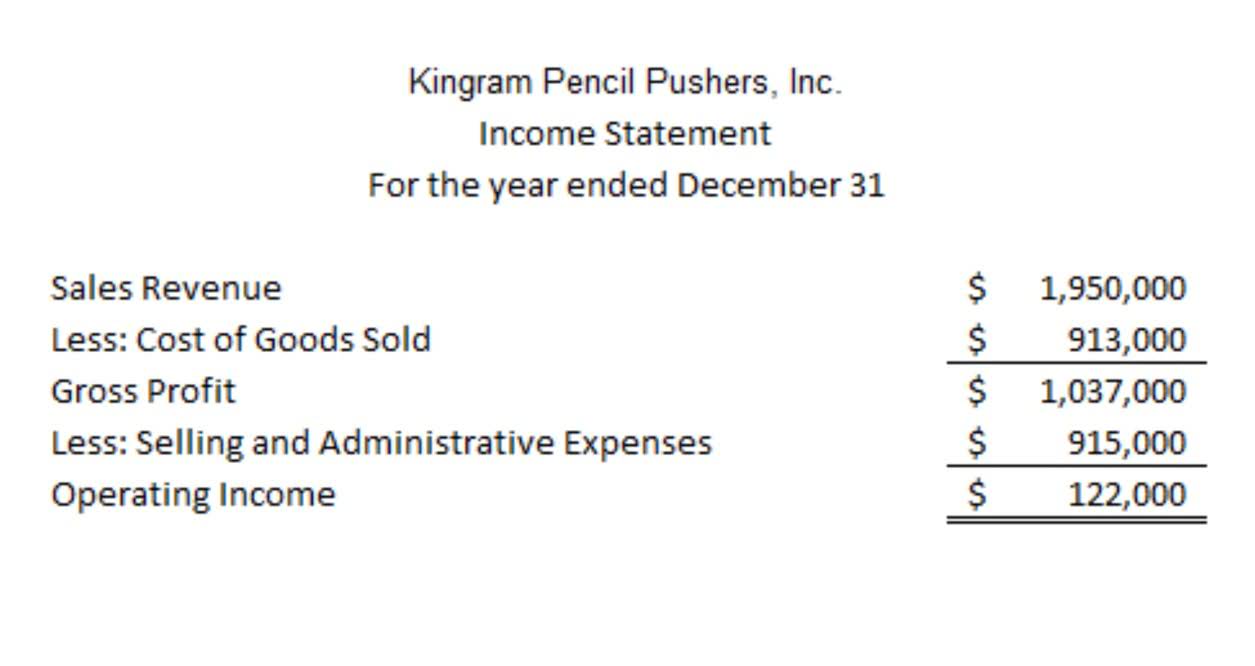How to Calculate Cash Flow with 7 Key Formulas and Examples

As we navigate the future of cash flow management, the integration of AI stands out as a game-changer. AI-powered solutions are reshaping financial landscapes by generating dynamic reports for Accounts Receivable, Accounts Payable, and Cash Forecasting. These solutions offer real-time, data-driven insights, thus enhancing decision-making processes. With predictive analytics and automation, businesses can proactively address cash flow challenges, optimize working capital, and ensure financial resilience. In 2023 and beyond, leveraging AI is not just a trend; it’s a strategic imperative for those seeking to stay agile and thrive in the ever-evolving economic ecosystem. Before we dive deeper, let’s understand what the cash flow statement direct method is.

Cash flow from operations
It provides the financial flexibility needed to pursue growth strategies. They must keep a close eye on their checkbook to maintain a positive cash assets = liabilities + equity flow, or to anticipate a possible negative cash balance by sourcing (or raising) money from other sources. As the business environment and company performance change over time, cash flow analysis must be regularly reviewed and updated to maintain its relevance and accuracy.

What is the Cash Flow Statement Direct Method?
- All programs require the completion of a brief online enrollment form before payment.
- The beginning cash balance, which we get from the Year 0 balance sheet, is equal to $25m, and we add the net change in cash in Year 1 to calculate the ending cash balance.
- The grid layout allows for seamless organization of cash flow data and facilitates the application of the discount rate to determine the present value of future cash flows.
- It serves as the investor’s yardstick of minimum acceptable return, taking into account the time value of money and the risk of the investment.
- Companies with strong financial flexibility fare better, especially when the economy experiences a downturn, by avoiding the costs of financial distress.
- Money-flow on the other hand helps smooth operations without capital crunch in the short term—a measure of liquidity.
It helps to assess the company’s liquidity, solvency, and overall financial performance. A strong operating cash flow (OCF) allows businesses to cover expenses, reinvest in growth, and maintain financial stability. If a company’s cash flow is weak, even a profitable business can struggle to pay its bills or meet short-term obligations. Improving OCF requires optimizing revenue collection, controlling expenses, and managing working capital efficiently. The indirect method starts with net income and adjusts for non-cash expenses and changes in working capital to determine operating cash flow.
What is Cash Flow Formula & How To Calculate It?

One thing to clarify is that the net present value is a valuation and is not directly a cash flow formula. They see they have $600,000 in positive cash flow that was not committed to operating expenses or other capital expenditures. This means enough cash entered the business over that period of time to cover the condo purchase. One checking account and the savings account had cash inflows totalling $2,500 ($2,000 + $500). Using the net cash flow formula, we find that the net cash flow is $1,000. A healthy cash flow is positive, one where a company consistently generates more cash than it spends.
- The CFS is distinct from the income statement and the balance sheet because it does not include the amount of future incoming and outgoing cash that has been recorded as revenues and expenses.
- You can calculate cash flow in a few different ways, depending on what type of cash flow you’re focusing on.
- Calculating your cash flow forecast can help you plan month to month, quarter to quarter, or year to year by figuring out approximately how much money you’ll have on hand.
- Luckily, there are different cash flow formulas to help small businesses monitor how money moves in and out as they go about their day-to-day operations.
- It reflects whether a company can sustain its day-to-day expenses without relying on external financing, making it a critical indicator of financial health.
- You don’t have to be a mathematician—you can also use online tools and calculators to help, like the Shopify cash flow calculator.
Easier and Safer Payroll with a Payroll Account
Subsequently, the net change in cash amount will then be added to the beginning-of-period cash balance to calculate the end-of-period cash balance. The impact of non-cash add-backs is relatively straightforward, as these have a net positive impact on cash flows (e.g. tax savings). Under the direct method, the information contained in the company’s accounting records is used to calculate the net CFO. Compare it to your profit and loss statements to get a decent estimate of your monthly cash in and cash out.
Use Jack for your business needs
- As such, net earnings have nothing to do with the investing or financial activities sections of the CFS.
- The cash flow statement (CFS), along with the income statement and balance sheet, represent the three core financial statements.
- Indicates the proportion of earnings distributed as dividends, offering insights into a company’s dividend sustainability.
- However, there is no general answer to this question, because it always depends on the aspect from which you want to view your cash flow.
The remaining cash flow delivers precise financial availability for investors to determine dividends or stock buyback investments, or project reinvestment. Here we go with the seven essential cash flow formulas law firm chart of accounts every business should know. Other financing activities may include cash transactions related to derivative instruments, lease liabilities, or any other financing-related transactions. Cash flow from financing includes cash received from borrowing, such as loans or bonds issued. On the flip side, it includes cash payments for the repayment of debt, including both principal and interest.

In contrast, when interest is given to bondholders, the company decreases its cash. Cash flow statements have been required by the Financial Accounting Standards Board why does a company need a flow of money into the business? (FASB) since 1987. The bottom line reports the overall change in the company’s cash and equivalents over the last period.
Their income statement shows a net income of $3,000 for the month, but since they have uncollected invoices and paid some bills from the previous month, they want to know what their cash flow was. Profit is the difference between revenues and expenses, while cash flow refers to the actual movement of cash in and out of the business. A company can be profitable but still have cash flow problems if it doesn’t manage it well. This tracks money spent or received to buy and sell business assets, such as property and equipment. It also includes money spent to buy stocks, bonds, or other securities, and any dividends or interest payments received from these investments. Adequate cash flow also allows a business to invest in new opportunities—expanding to new markets, developing new products, or acquiring other businesses.
